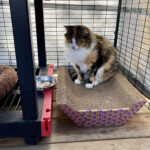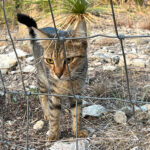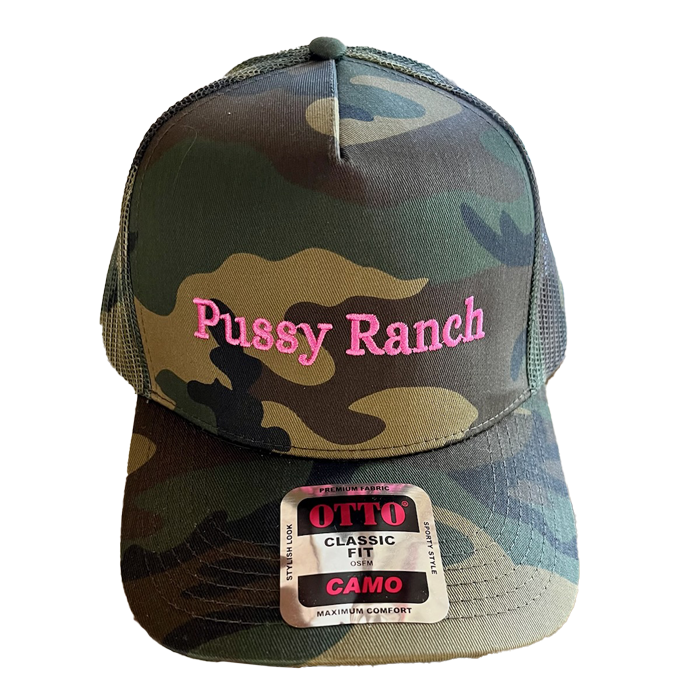Perimeter Fencing
When I acquired the land, I immediately focused on erecting a perimeter fence around the property. Let me outline the construction process and reflect on potential improvements.
The terrain of the Sanctuary land posed challenges. Its uneven levels required the construction of small dams in two areas to support the fence.
The six-foot-tall fence effectively deters coyotes and features an underground support system made of chicken wire encased in cement, which prevents animals from digging underneath.
Additionally, the fence is equipped with a leaning mechanism known as Purrfect Fence at the top to deter cats from scaling over it. A front gate with a plastic/rubber base further ensures cats cannot squeeze underneath.
The Next Sanctuary
Looking ahead to future Sanctuary projects, I plan to implement several enhancements. Instead of fencing the entire area, I’ll designate a cat-free zone upon entering the property and parking, addressing concerns about cats darting in front of vehicles or escaping when the gate opens.
Subsequent properties will feature a separate, fully enclosed area post-entrance for the cats’ security.
Before commencing fence construction on future properties, I’ll ensure the area surrounding the fence is cleared of trees at least 6 feet behind the fence line to prevent cats from using trees to hop over.
Additionally, I intend to increase the fence height to 10-12 feet for enhanced security, particularly in rural areas.
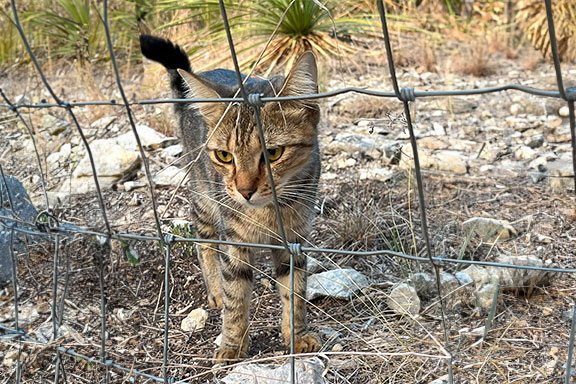
Modifications
While the current metal chain link fence has proven durable, I oversaw the spacing between its links. Opting for 2×4 inch spacing initially allowed small cats to squeeze through, necessitating additional work and expense to rectify.
I’ll select a ½-by-½ inch spacing to prevent such issues. The base of the fence, comprising chicken wire covered in cement, will remain consistent in future constructions.
Regarding the top portion of the fence, while the Purrfect Fence is effective, its cost and durability raise concerns.
A more cost-effective and durable alternative observed from a friend’s setup involves metal posts angled inwards at 45 degrees and connected with chicken wire, providing similar functionality at a lower cost.
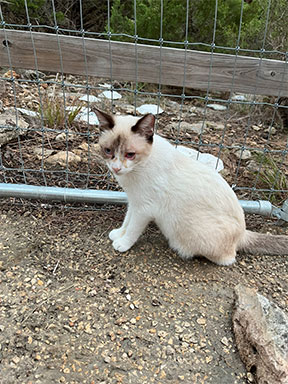
Conclusion
In summary, the ideal cat Sanctuary fence:
- stands 10-12 feet tall
- with a ½-by-½ inch metal chain link
- ample tree clearance
- a cement-covered chicken wire base
- and a 45-degree angled topper facing inward
Recognizing that fencing constitutes a significant initial expense, I advise learning from my experiences to construct a sturdy, cost-effective, and cat-proof fence from the outset.



